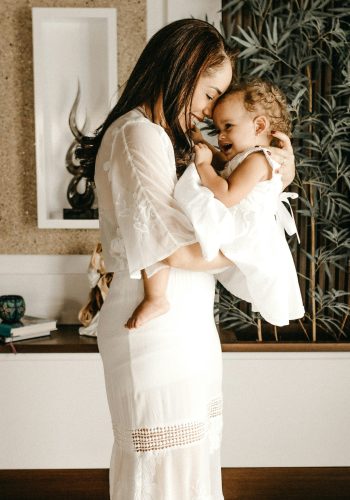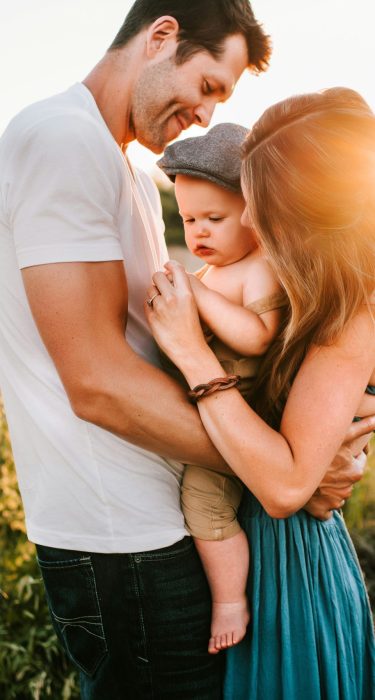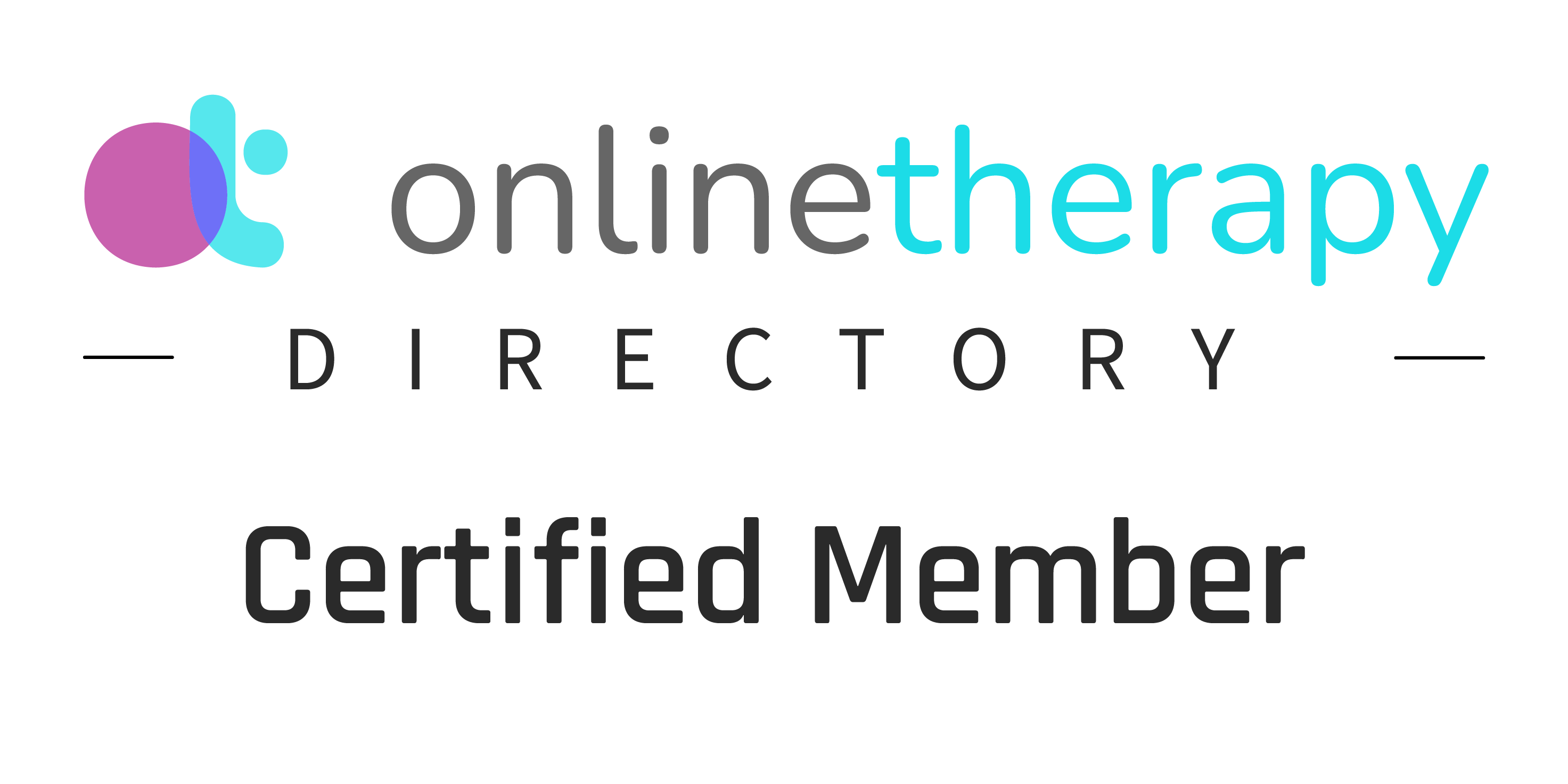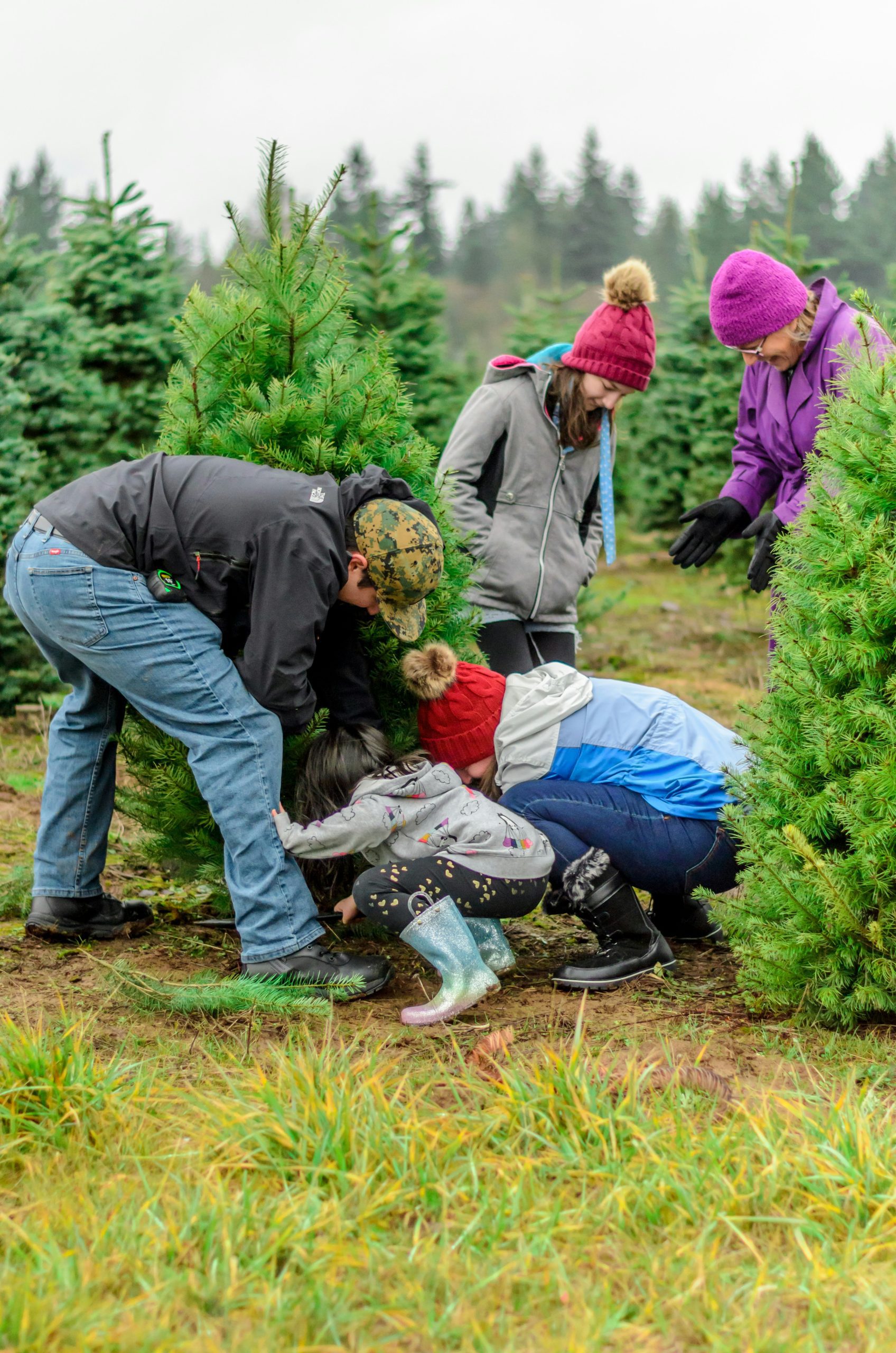Healing from Childhood Trauma: An Internal Family Systems Approach
Many adults have experienced childhood trauma or abuse—whether it was witnessing violence, being bullied by a sibling, or enduring feelings of despair day after day that were not attended to. A natural response to these overwhelming experiences is to lock them away. It makes sense—we didn’t know how to handle them at the time, so we do the best we can by compartmentalizing them and trying to move forward and survive. However, you may have experienced that those memories don’t stay hidden forever. These memories that have been locked away seem to have a way of sneaking out into the open and continues to disturb you in adult life and even in your intimate relationship. It’s not uncommon to feel a sense of helplessness or anxiety when this happens. What am I supposed to do with these memories? Will I be able to heal and move forward or will this just hurt more?
Well, like medical doctors, we as therapists cannot guarantee the outcome of an intervention, and we certainly can’t guarantee that the journey will be easy or that you won’t experience difficult moments when you open up the past. I want to encourage you that I have witnessed amazing changes in my personal life and the life of my clients who turn towards their difficult childhoods and trauma histories, and so many of them have experienced beautiful healing and feelings of freedom in their adult life since.
For years, I didn’t know that revisiting my childhood could lead to such change, but now I’m in awe of the breakthroughs I’ve experienced, and so are my clients. Rather than trying to lock these memories away, I’ve embraced my “inner child,” who once lived in a cage, but is now part of my daily life. My clients, too, report feeling less triggered, finding closure with grief, and developing more compassion—for themselves and others. They become less critical, enjoy spontaneous laughter, and allow their emotions to flow freely. In short, when the “inner child” is acknowledged and comforted, it opens the door to renewed energy, fun, curiosity, warmth, courage, and resilience.

The Healing Process: A Journey Toward Your Inner Child
So, how does this healing happen? Here’s a general idea of the journey:
- Turn Toward Your Inner Child
This first step may be the most challenging. Instead of locking away painful memories, you must turn toward your inner child. Perhaps you were rejected as a child for showing weakness or vulnerability, or harshly rebuked for innocent mistakes. Without a model for how to support a child in these situations, it made sense to lock those feelings away and try to forget about them. However, your inner child still longs for love, acceptance, and comfort. The longer you keep that door closed, the louder the child’s cries become. These cries can show up in many ways: panic and anxiety, feelings of depression, feeling unregulated and not knowing why, urges to self-harm, etc. Opening the door and welcoming that child with open arms is the first step toward healing. - Understand and Address the “Guards”
As you approach this vulnerable part of yourself, you may encounter “guards” at the door—inner voices that criticize or question your decision to reconnect with your childhood pain. These guards are protective mechanisms, shielding your inner child from further harm. It’s important to recognize that while these guards may be intimidating, they are trying to protect you. Be patient and reassure them that you are capable of caring for your inner child.
3. Build Trust and Patience
Even if the guards step aside, your inner child may not trust you immediately. After being locked away for so long, it takes time to build trust. You’ll need to grow your capacity for love and patience, creating a safe space for your inner child to feel secure enough to emerge. Imagine your inner child being the same as meeting a child in real life. Most children need time with you to feel safe and open up, and your inner child needs the same. They need to know that you are safe, consistent, and will be there even when it’s hard.
4. Listen to Your Inner Child
Once your inner child begins to trust you, listen. This part of you has feelings, desires, and stories to share—things that were perhaps never heard or validated in your childhood. Just as children need to be heard and understood, so does your inner child.
5. Provide What the Inner Child Needs
After listening, offer your inner child what it needs. This could be taking them to a safe place, offering comfort, speaking up on their behalf, or simply letting them know that you’re present and they are free to make their own choices. Your inner child operates more intuitively than logically, so these small acts of love can have a profound impact.

Grieving What You Didn’t Receive
One of the most difficult truths to accept is that, as adults, we often need to become the primary caregiver for our inner child. This can feel deeply unfair, especially for those who didn’t get the love, care, or safety they needed in childhood. Many people understandably resist this responsibility—they long for someone else to finally offer that care. It’s painful to face the fact that no one else can fill that role entirely. Before you can fully embrace being your own caregiver, it’s essential to grieve the loss of what you didn’t receive as a child. This grieving process is necessary, because healing your inner child begins with acknowledging that what happened in the past wasn’t your fault, but the responsibility for nurturing that part of you now belongs to your adult self.

How do I Include My Partner in My Healing?
Healing your inner child can have a profound effect on your intimate relationships. Often, it’s within these close connections that your deepest wounds are triggered. You might struggle with feelings of worthlessness that stem from childhood and feel intensely triggered by something your partner says or does. In that moment, instead of reacting with anger or shutting down, you have the opportunity to turn toward your inner child and offer what I call the first layer of the hug—reassurance and love.
You can remind your inner child that they are worthy of love and acceptance, even if your partner’s actions have hurt you. This act of self-compassion is the first step in calming the part of you that holds those old wounds. Once your inner child feels supported, you can calmly share with your partner how their behaviour affected you. This respectful, open communication often invites a more understanding and compassionate response from your partner. If they’re willing to offer support, that’s where the second layer of the hug comes in. Their response helps reinforce a sense of safety and love for your inner child.
Even if your partner doesn’t respond as you’d hoped, because you’ve already given your inner child that first hug, you’ll be less likely to escalate the situation. By taking care of yourself first, you can engage with your partner from a place of calm and understanding rather than from anger or defensiveness. Sometimes we can look to our partner’s to fulfill what we didn’t have as a child. Without knowing it, we can put unrealistic expectations on our partners to help us heal from our childhood trauma or hurtful relationships. However, when we can first take responsibility for our own healing we have the opportunity for our partner to support us and enhance it in a healthy way, allowing us to have an emotionally corrective experience. This journey is absolutely not easy, but like any project that lasts for more than a few years, the hard work will finally pay off and continue to reward you, your partner or even your children for many years to come.
What now?
Healing childhood trauma isn’t quick, and it’s certainly not easy. But as you begin to reconnect with your inner child and show that part of yourself love and compassion, the rewards are profound. You’ll find yourself feeling less triggered, more emotionally balanced, and able to engage in your relationships from a place of trust and openness.
In many ways, healing your inner child opens the door to a fuller, more joyful life. It’s not about erasing the past but embracing all the parts of yourself that make you who you are. When we do this, we not only transform our own lives but also create more meaningful connections with those around us. If you want to start this journey counselling is a great place for this to start.




